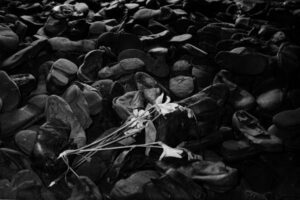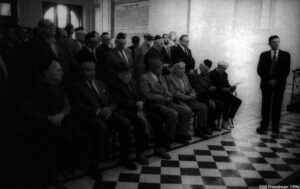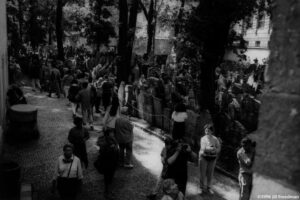Text and photos by Jill Freedman
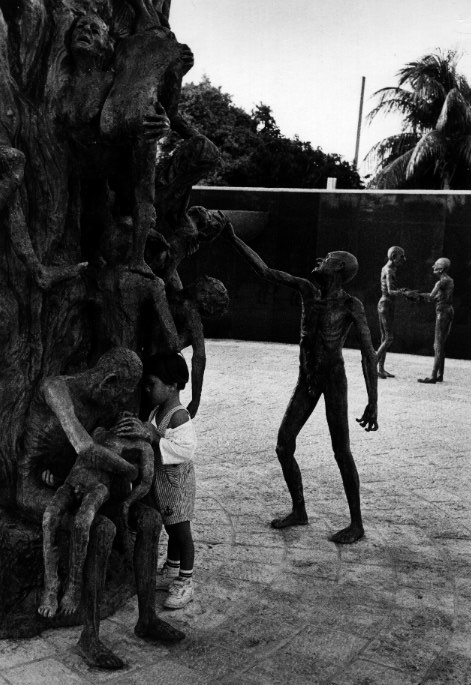
The German and their henchmen were brutal, throwing children out of windows, burying them alive and forcing them into ovens alive. A 12-year-old boy, whose mother had covered him with her body during a massacre in Kovno, Lithuania, in 1941, managed to climb over bodies in a burial pit and escape in darkness. There he was able to see that the earth covering the pit was moving, meaning others were alive, but unable to save themselves. These one and one-half million children are the missing generation of Jews.
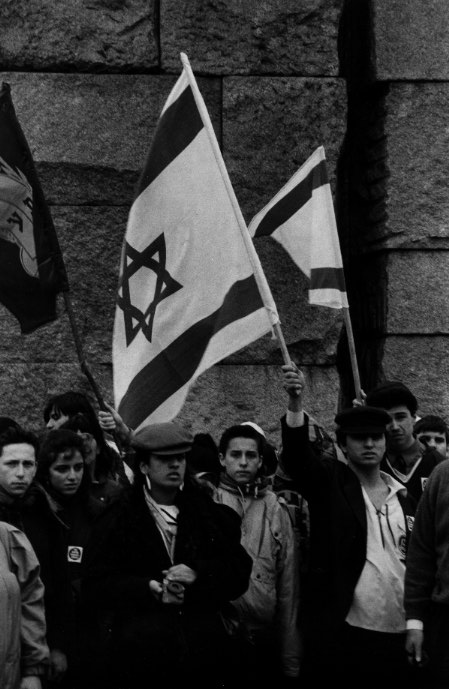
"We are the victims.
We are the witnesses.
Never forget! Never again!"
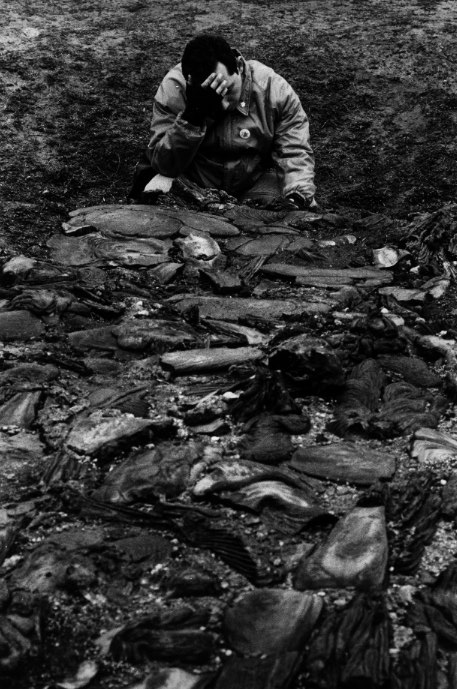


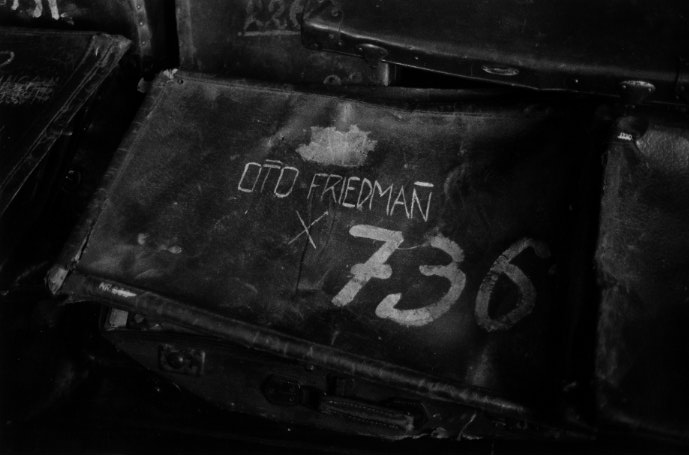
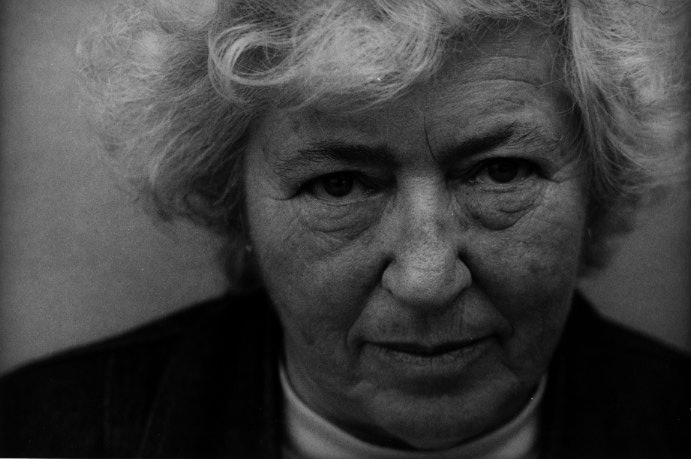
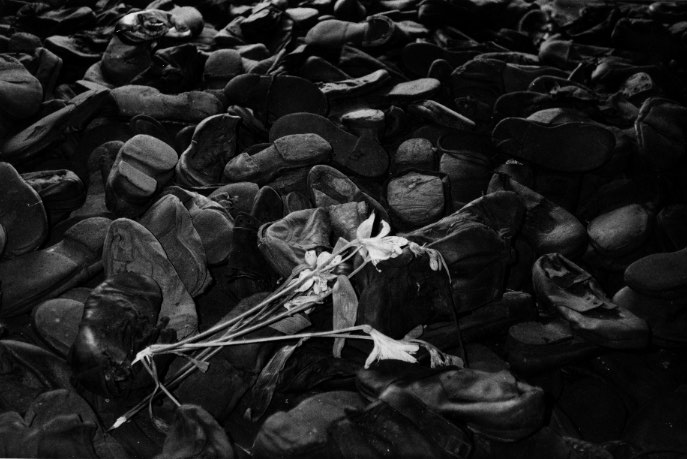
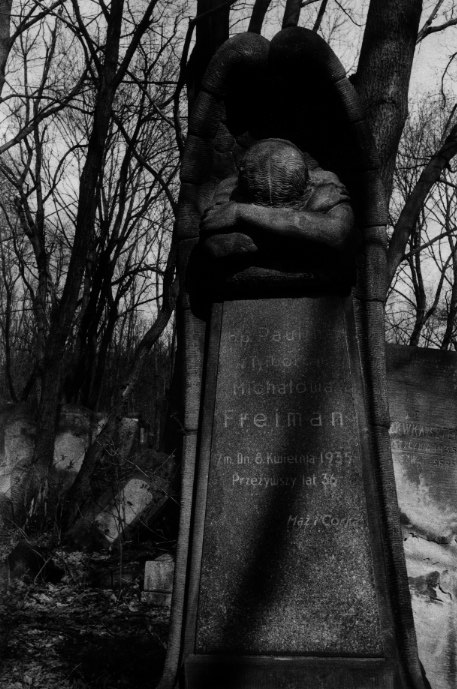
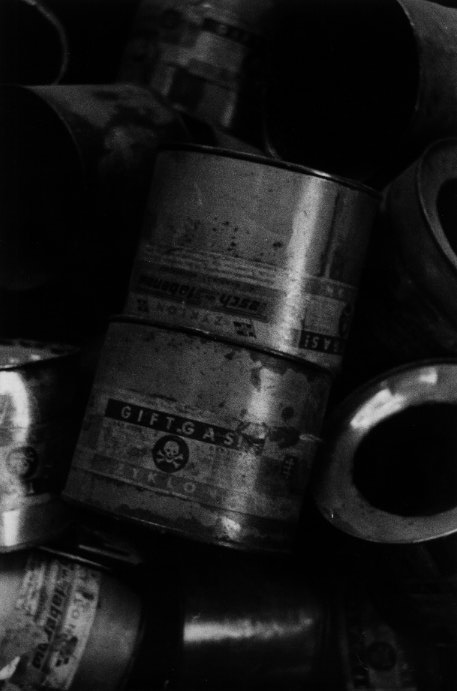

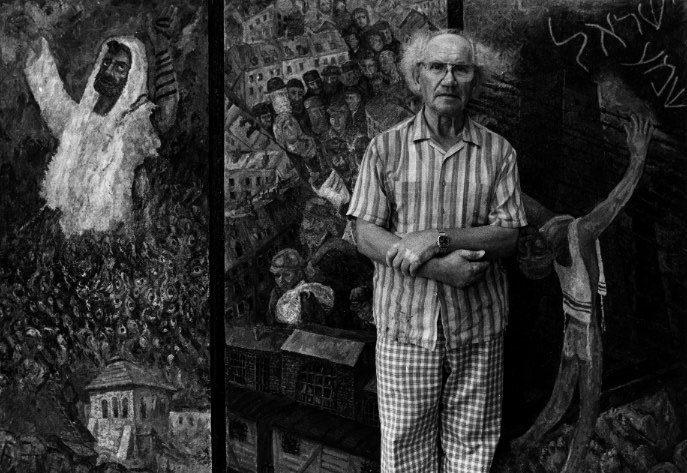
©1996 Jill Freedman
Jill Freedman, a freelance photographer based in Miami, spent her Patterson year documenting the Holocaust, 50 years later.

